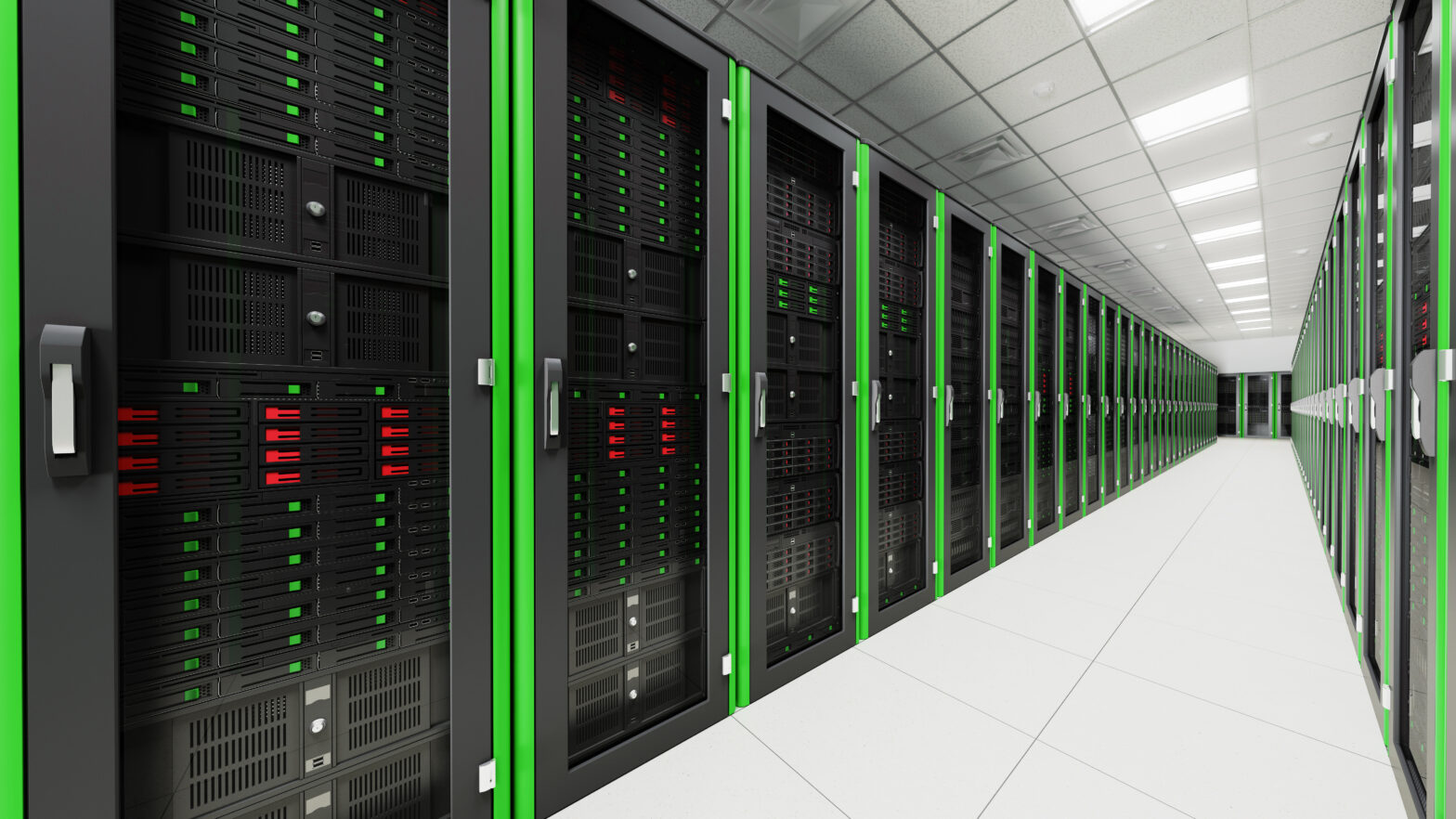The technology boom of the last ten years has seen people’s reliance on data centres increase exponentially. All of the online platforms that have made lives more convenient and connected, from streaming sites to instant messaging platforms, rely upon information stored in data facilities.
In the advent of trends such as the Internet of Things, this demand for data storage is set to skyrocket even further. However, we are already facing a critical problem: the environmental impact of data centres.
>See also: Cool dudes: how the UK’s data centres can get smarter at being greener in summer
According to research from the Global Sustainability Initiative, data centres are now responsible for 2% of the world’s total greenhouse gas emissions. If the demand for data storage escalates at predicted rates, the volume of emissions that facilities produce will simply become unsustainable.
However, there is some good news – many of the problems with the current data centre situation stem not from the sheer number of facilities in existence, but the ways in which they are operated.
Excess heat
Most data centres are currently running well below capacity. This inefficiency is often due to a fear of operational failure, and the belief that over-engineering is the only way to minimise this risk.
As a result, many data centre operators are attempting to mask these inefficiencies through green heat transfer initiatives – using the excess heat to power public buildings such as swimming pools.
But this shortsighted strategy of ‘donating’ excess heat does nothing to address the underlying issues. Wouldn’t it be easier to solve the problem at the source?
Whilst the scale of new demand for data storage facilities is bound to require a certain amount of extra power, an 'engineering gap' currently exists, which prevents existing data centres from adapting to demands placed on them by businesses in the most efficient way.
As a result, the majority of data centre energy expenditure via excess heat generation is avoidable. But there are techniques and tools that can be used on even the oldest data centres to reduce excess energy use and create truly ‘green’ facilities.
Green data centres
IT and facilities managers often over-provision and under-utilise the resources at their disposal, in order to avoid risk. In addition to being harmful to the environment, these inefficiencies also result in significant avoidable costs to the business.
Therefore, the challenge involved with making data centres greener lies in reducing operational inefficiencies without increasing the risk of downtime.
In part, this can be achieved through data centre infrastructure management (DCIM) techniques. But if an operator is reliant on DCIM alone, the issue of the engineering gap remains.
The engineering gap in this instance refers to the disconnect between an IT manager’s prioritisation of capacity, compared to a facility manager’s focus on efficiency.
The risk of making a change within the data centre to improve efficiency is often, from an IT perspective, not worth the potential consequences should the system fail.
This means that the ability to predict the engineering impact of changes to the data centre is potentially invaluable.
Predicting the impact of change on a data centre requires a safe, offline environment to test proposals for change without the fear of disastrous consequences.
>See also: A change in tide: P.U.E vs. W.U.E and the future of the green data centre
One of the best ways to do this is to use engineering simulation. Through the use of 3D modelling to represent the data centre, power system simulation (PSS) and computational fluid dynamics (CFD), it is possible to identify whether a data centre is operating with wasted capacity, and therefore excess heat production as a result.
Implementation of these methodologies means businesses can drive up utilisation, thereby minimising excess heat production.
An added bonus is that engineering simulation can be used to assist with installing high power density IT into a legacy facility, resulting in a technology boost for business processes, without the need for additional data centre construction and unnecessary heat generation.
Rather than worrying about ways to recycle excess heat produced by facilities, businesses can instead conduct an evaluation of the ways in which they can be optimised.
Sourced from Jon Leppard, director, Future Facilities










